On July 25, California Governor Gavin Newsom introduced a sweeping executive order that provided funding to local governments to start cleaning up widespread homeless encampments in the state’s cities.
Now, the LA Board of Supervisors has passed a unanimous vote to oppose it, saying they want to continue their “care first, jails last” approach.
Newsom’s Order
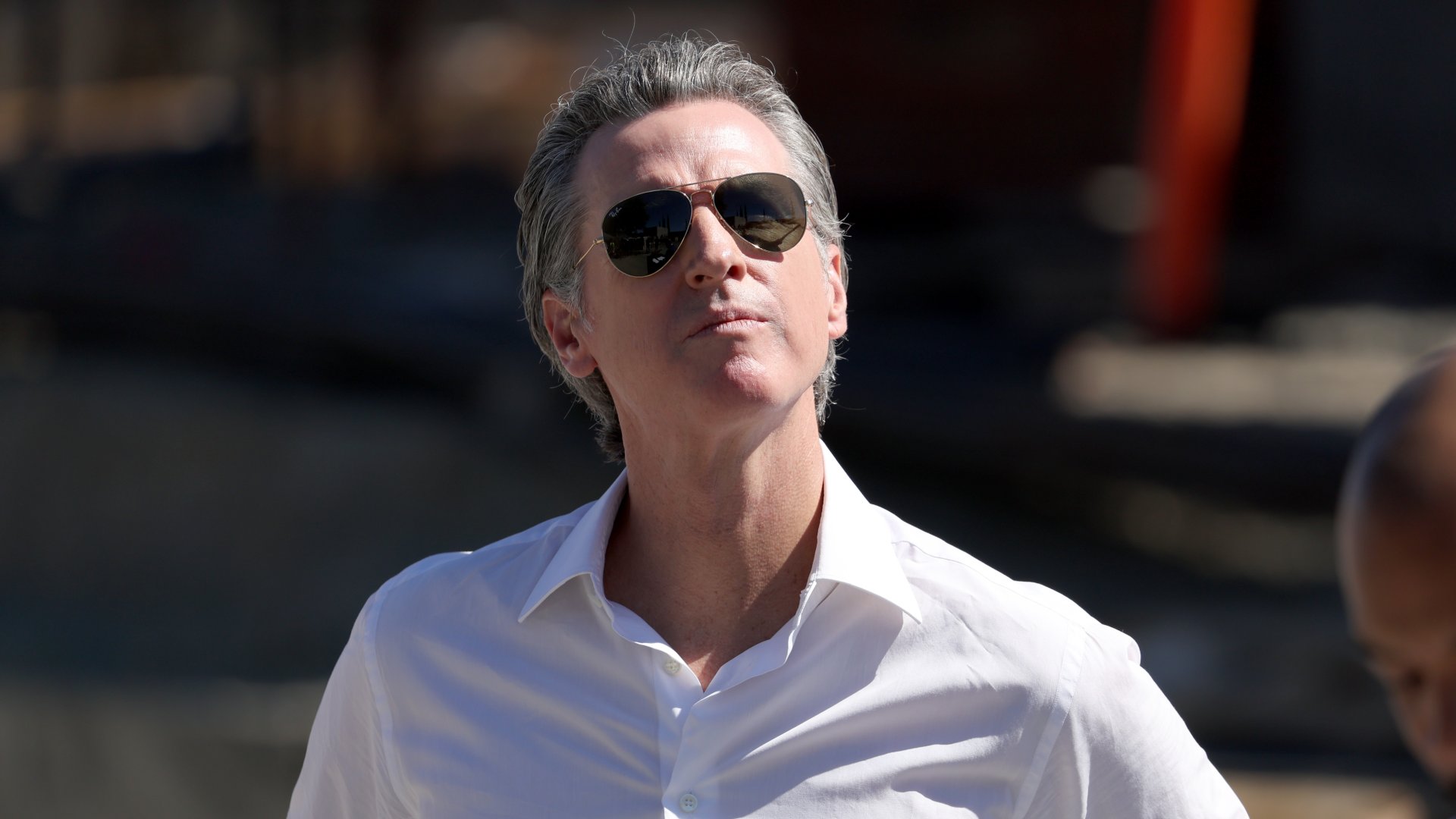
Newsom introduced an executive order in the wake of a recent Supreme Court case that granted increased authority for cities to penalize and crack down on homeless camping in public areas.
In addition to providing funding, the Governor’s executive order also gave guidance on how to disassemble and remove makeshift camps across the state.
Not Mandatory
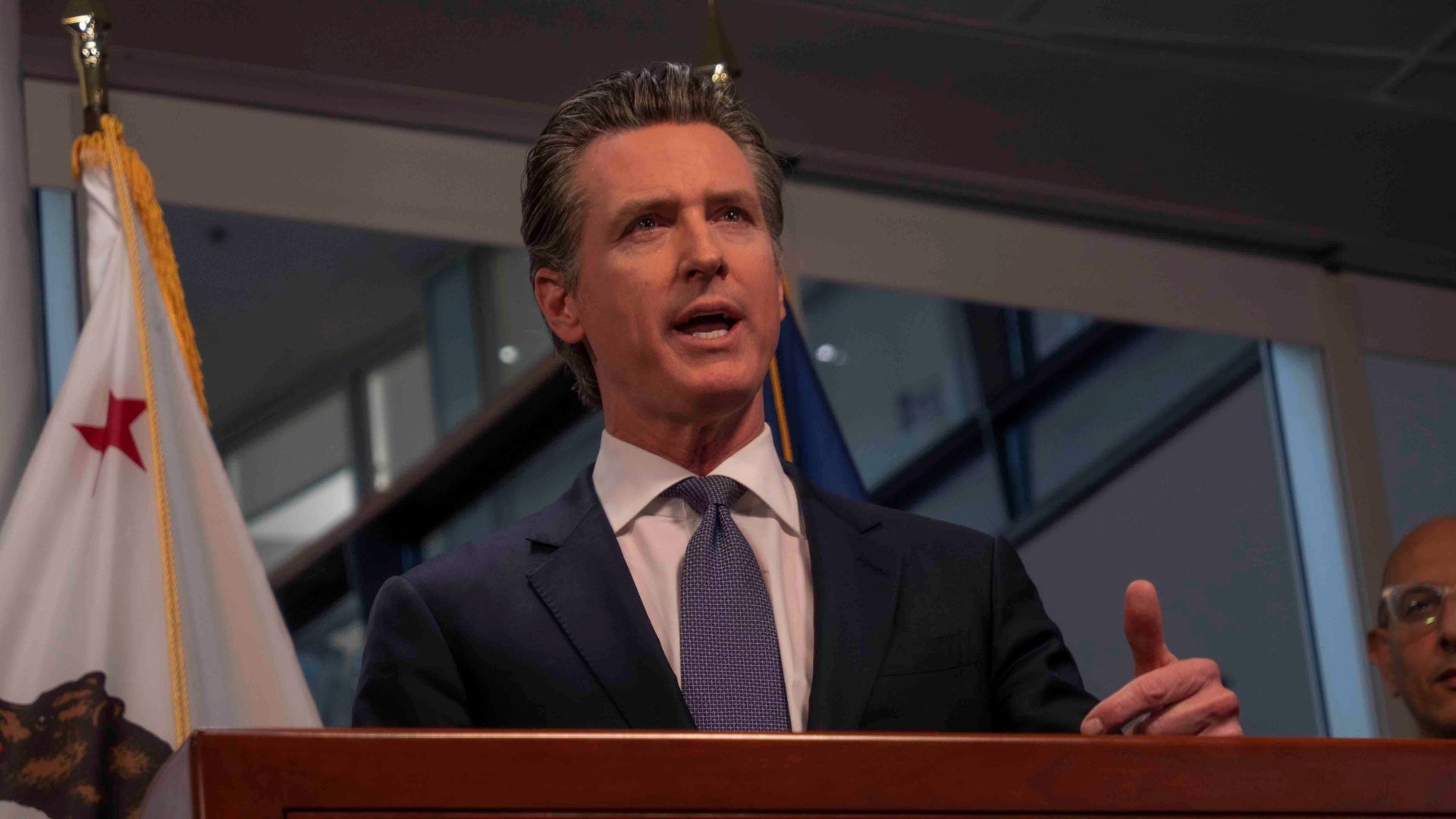
Although Newsom strongly urged local governments to use the tools granted by the Supreme Court and his order to clean up homeless encampments, ultimately the cleanup act itself is up to the discretion of the local authorities.
“With the recent U.S. Supreme Court decision in Grants Pass v Johnson, local governments now have the tools and authority to address dangerous encampments and help provide those residing in encampments with the resources they need,” said a statement from the governor’s office.
Urgent Matter

The governor himself released a statement in a video posted to the social media platform X, expressing the urgency with which the problem needed to be dealt with.
“I don’t think there’s anything more urgent and more frustrating than addressing the issue of encampments in the state of California,” Newsom said.
Complying with the Order

Some local governments began dissembling homeless encampments in compliance with Newsom’s instructions.
“The crackdown is on in San Francisco. Homeless encampments are being cleared after Gov. Newsom’s executive order,” said a July 30 X post from journalist Jonathan Choe.
Defying the Order
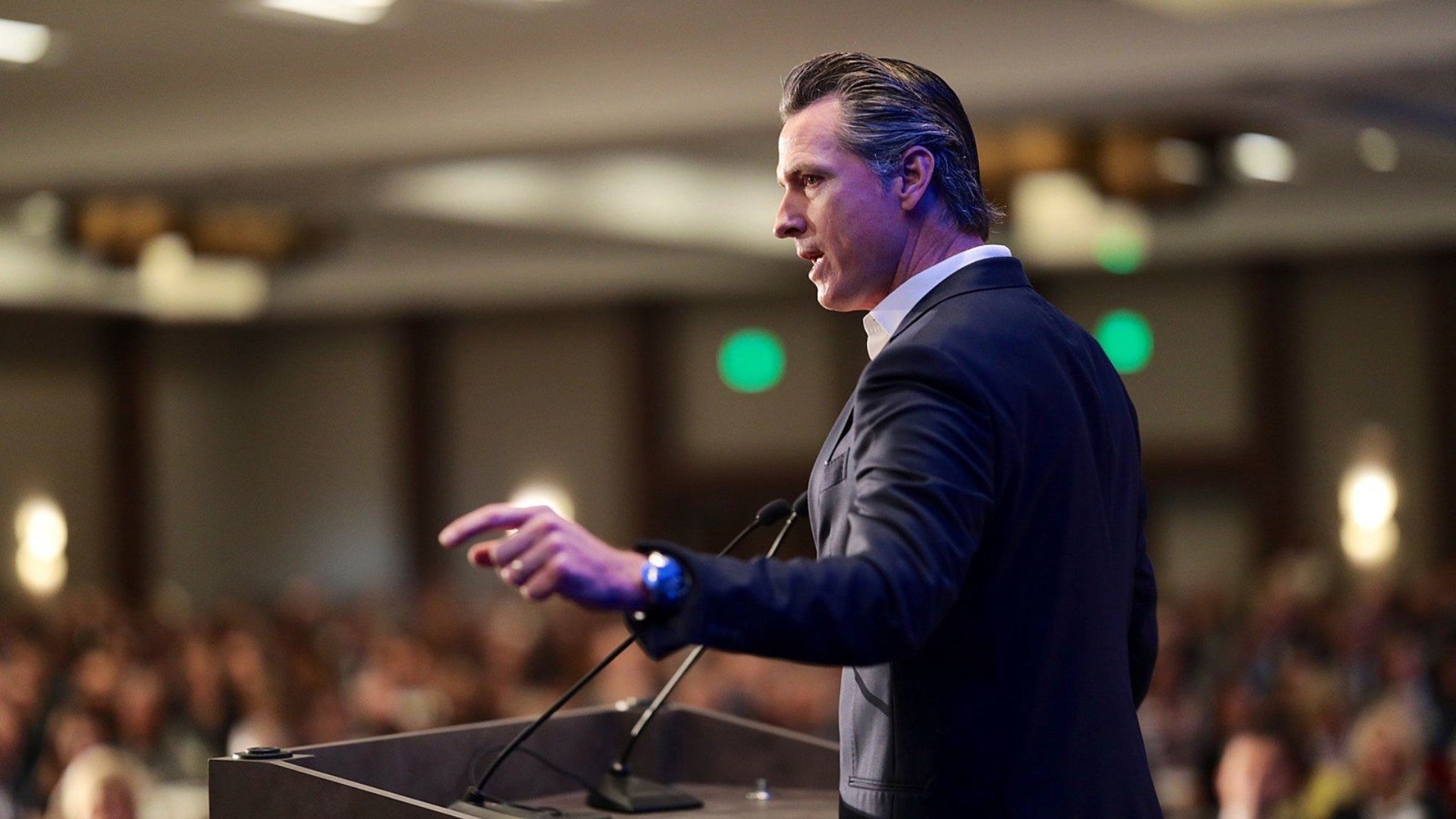
However, despite some local officials complying with Newsom’s demand, there were other government officials who saw no reason to change course.
“As long as I’m mayor, as long as we are getting positive results with the tools in our toolbox and the way we’re using them, I see no reason to adopt new tools such as the [Supreme Court] decision or the governor’s executive order,” said Santa Cruz Mayor Fred Keeley.
LA County Vote

Los Angeles County also added their name to the list of those who don’t want to follow along with the governor’s executive order.
“We can’t arrest our way out of what’s going on in the streets,” said LA Board Supervisor Kathryn Barger. The five board members voted unanimously against following the governor’s executive order.
Just Spreading the Problem Around
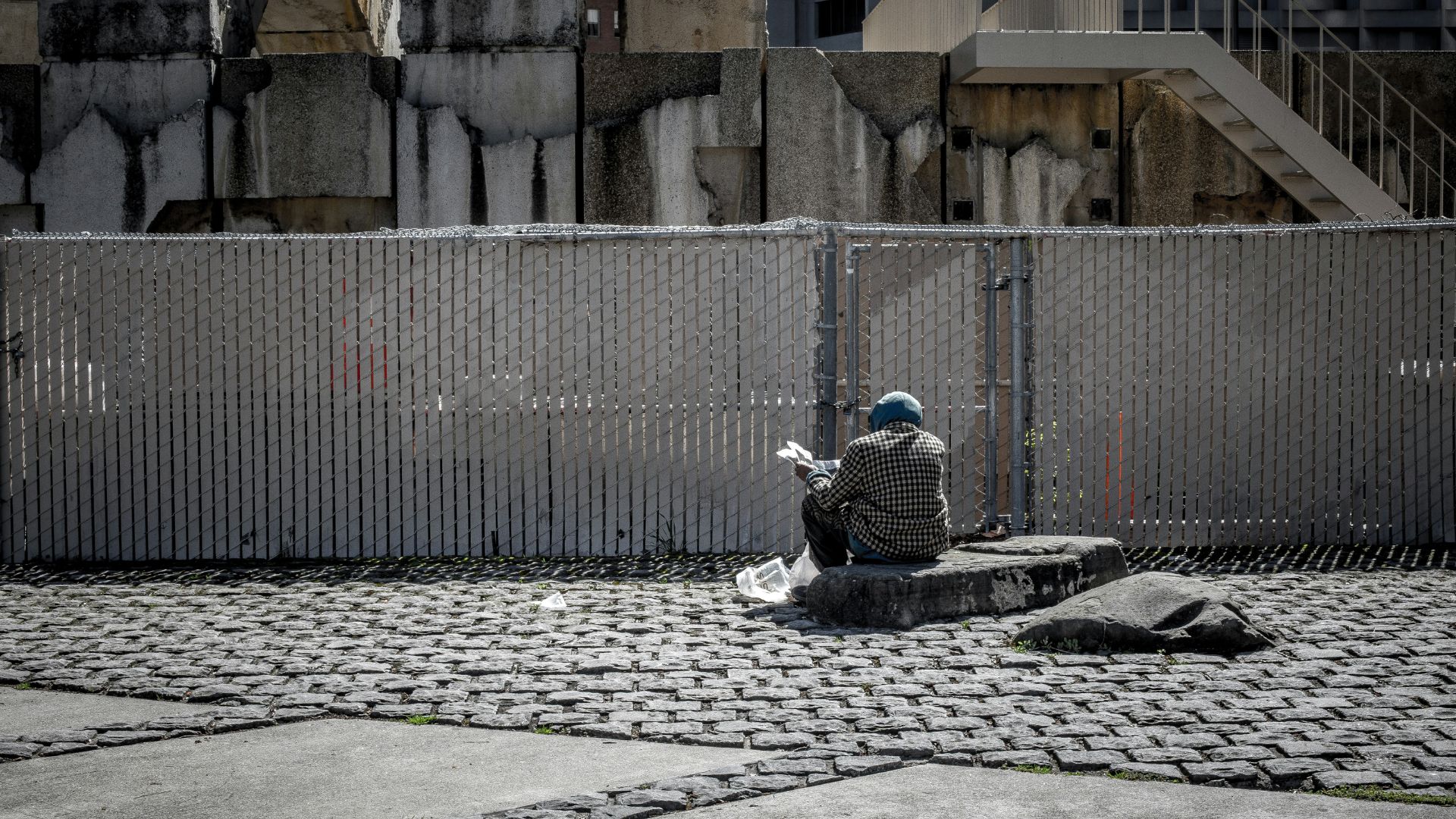
Barger explained that she was not necessarily against Newsom’s order, but felt that there were better ways to combat the problem than just cleaning up camps.
“The concern we have is if we’re not all on the same page, as it relates to how the Grants Pass decision impacts the ability to clean up encampments, we are going to be just moving people from one city to another,” Barger said.
Care First, Jails Last
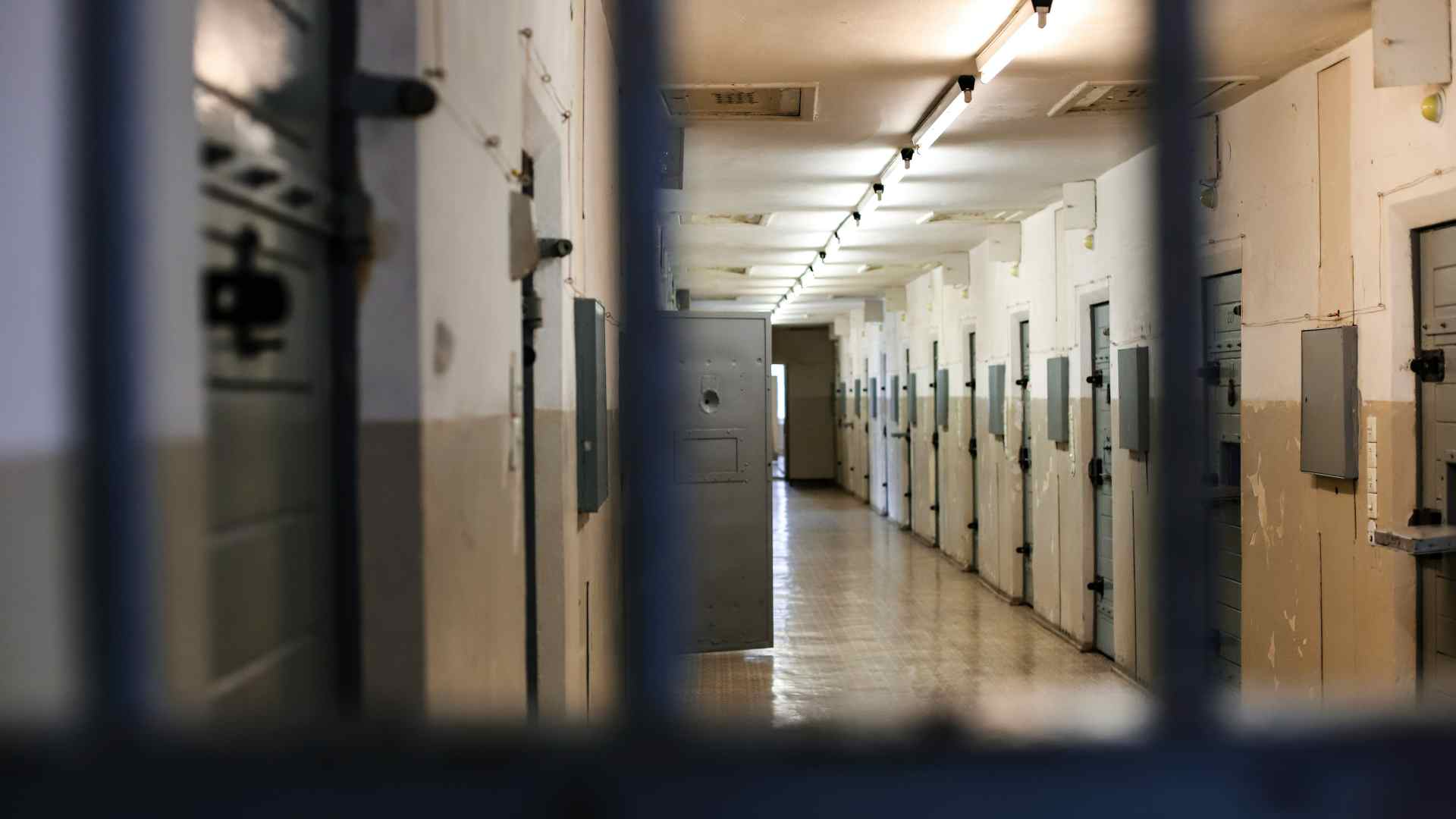
In Los Angeles County, a voter initiative passed in 2020 called “Care First, Jails Last” which created an investment requirement that at least 10% of local revenues are directed to finding alternatives to jail.
The Board of Supervisors has given this Care First Community Investment (CFCI) an annual allocation of $88.3 million.
No Arrests

In comments to ABC News, CFCI Supervisor Hilda Solis celebrated the partnership with local law enforcement group Sheriff’s Department Homeless Outreach Services Team (HOST) which has so far avoided arrests as a way to deal with encampment problems.
“Since their establishment, HOST has never resorted to arrests to address encampments in the public’s right of way or that pose a public health concern,” Solis said.
Progress Made
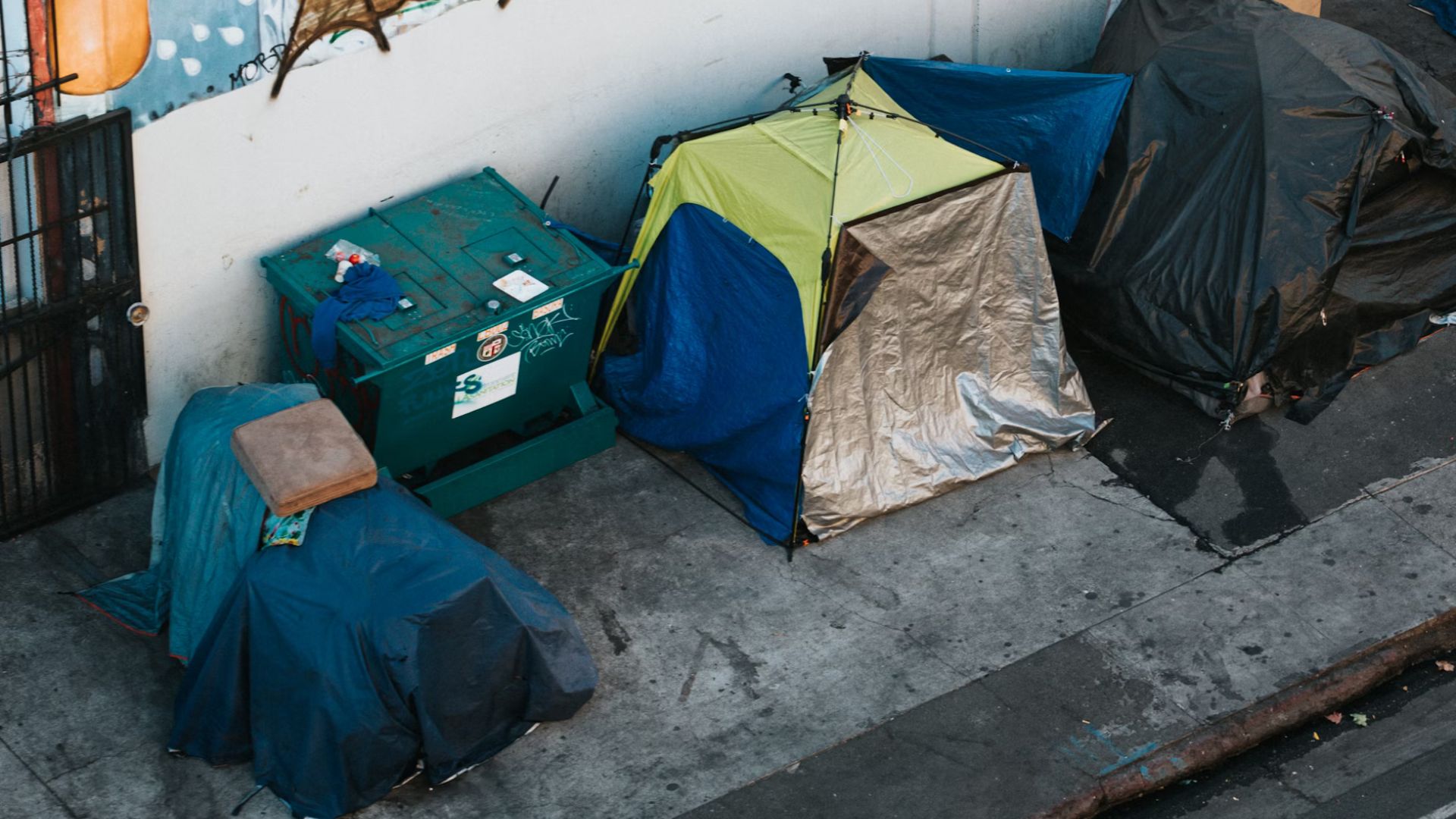
The efforts in Los Angeles County to try a softer approach have apparently borne fruit recently. Los Angeles City saw a decrease in the number of people living on the streets compared to last year.
According to the Controller’s office, this amounted to about a 10,000-person decrease between 2023 and 2024.
Encampments Come Back
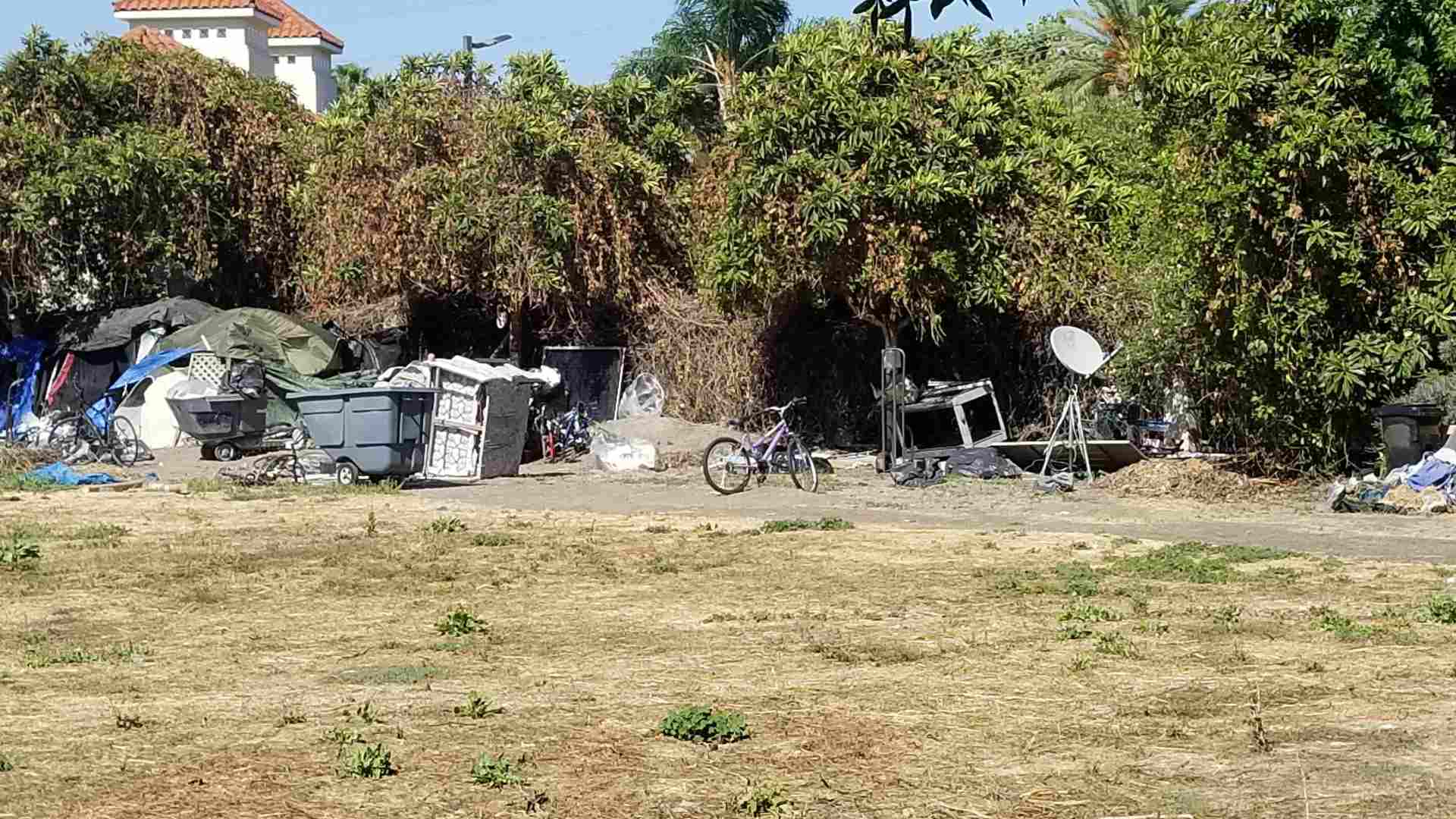
A RAND study from 2023 investigating homeless trends in Los Angeles found that clearing encampments was only a temporary fix, with the camps coming back in two or three months.
“I’ve never seen incarceration work to end homelessness, I’ve only seen that extend homelessness,” Downtown Women’s Center CEO Amy Turk told ABC News. “When I’ve seen people move toward criminalization, dismantling an encampment and offering no place for people to go, then what you see is people move from one plot of land to another plot of land, and you’re not solving anything.”
